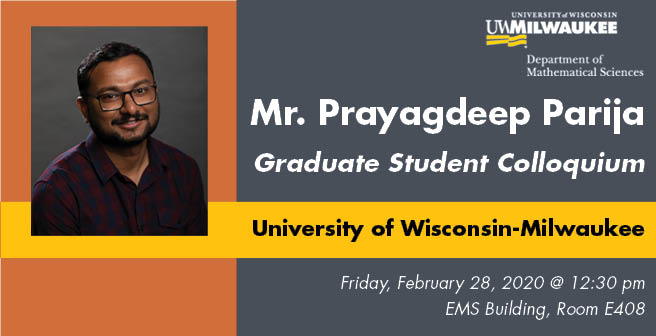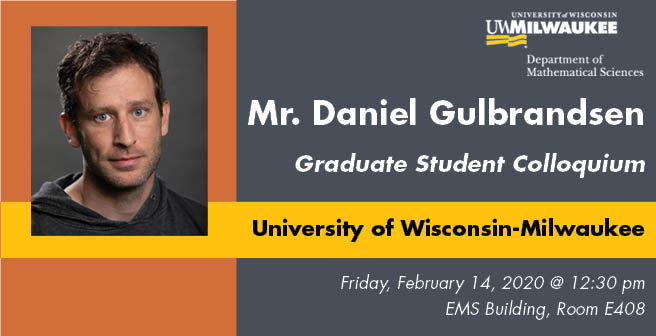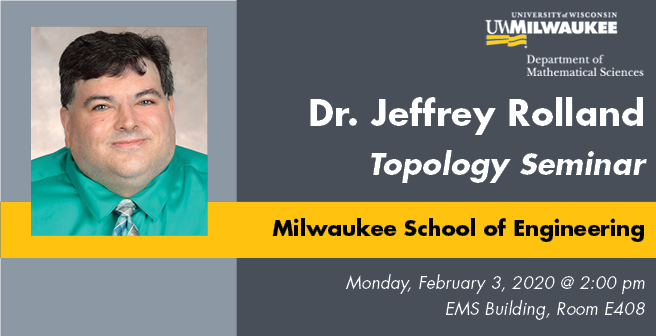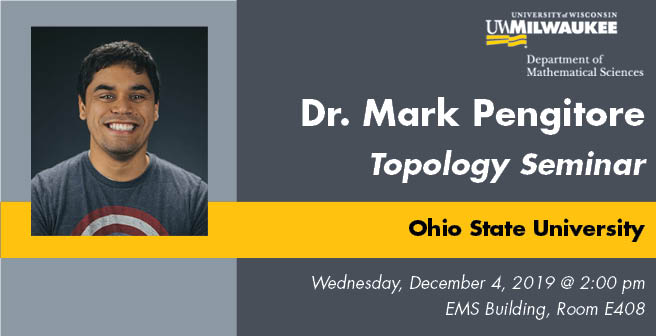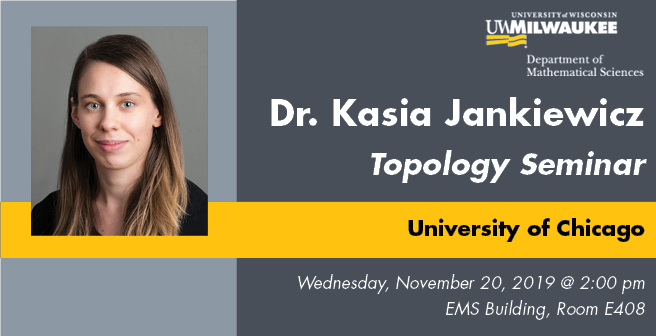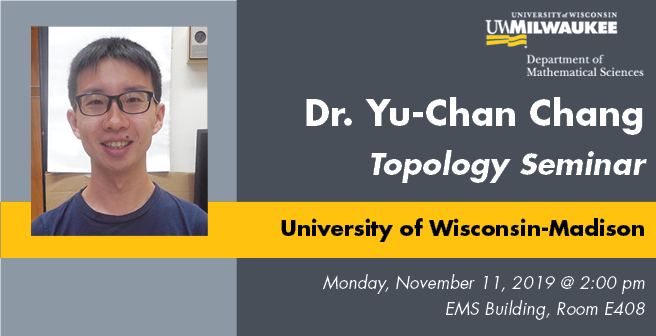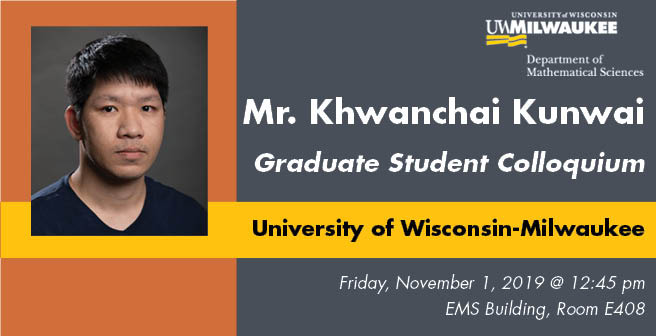MS Thesis Defense: Mr. Lucas Fellmeth
EMS Building, E408 3200 N Cramer St, Milwaukee, WI, United StatesUtilizing ARMA Models for Non-Independent Replications of Point Processes Mr. Lucas Fellmeth University of Wisconsin-Milwaukee The use of a functional principal component analysis (FPCA) approach for estimating intensity functions from prior work allows us to obtain component scores of replicated... Read More
